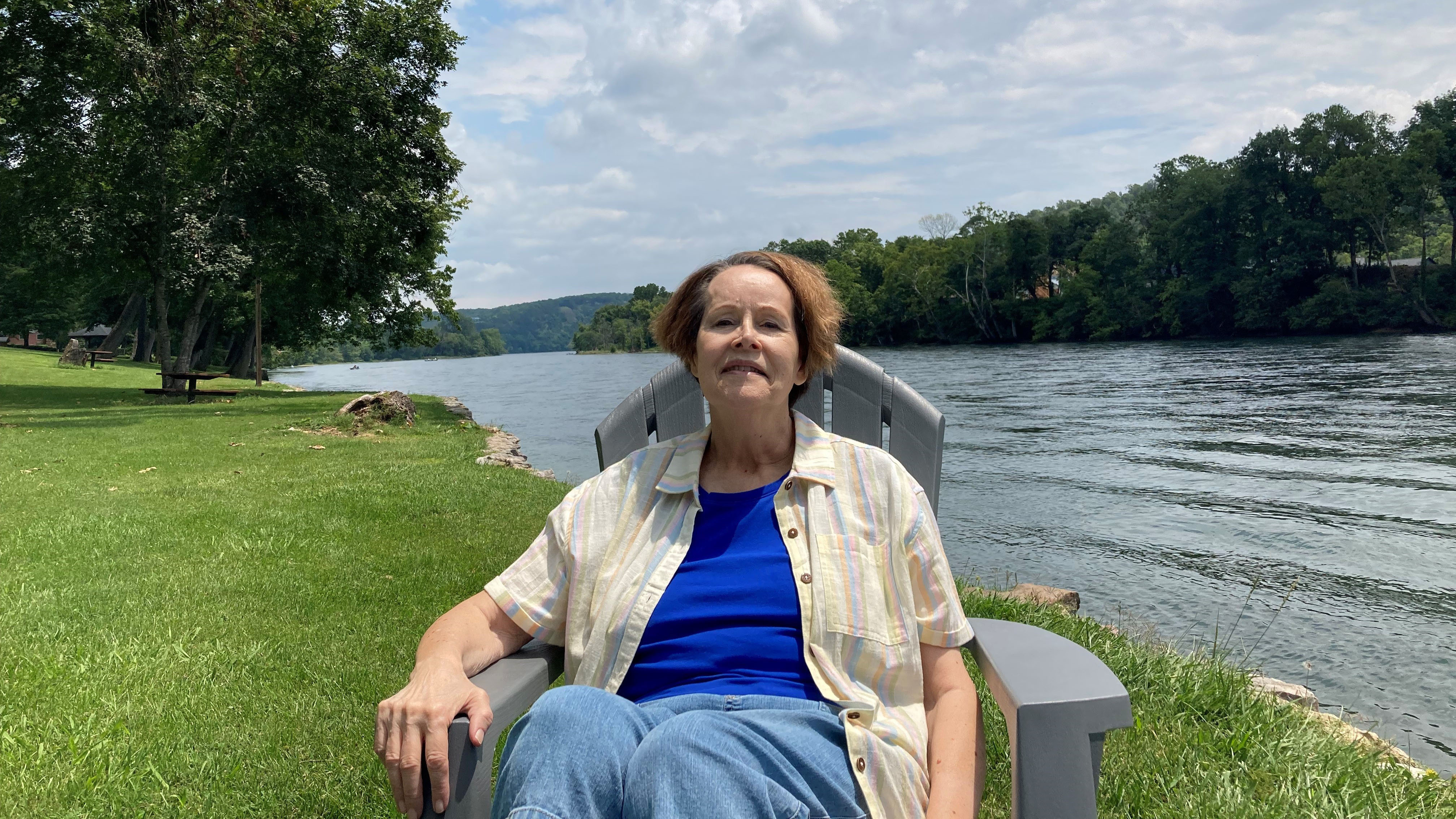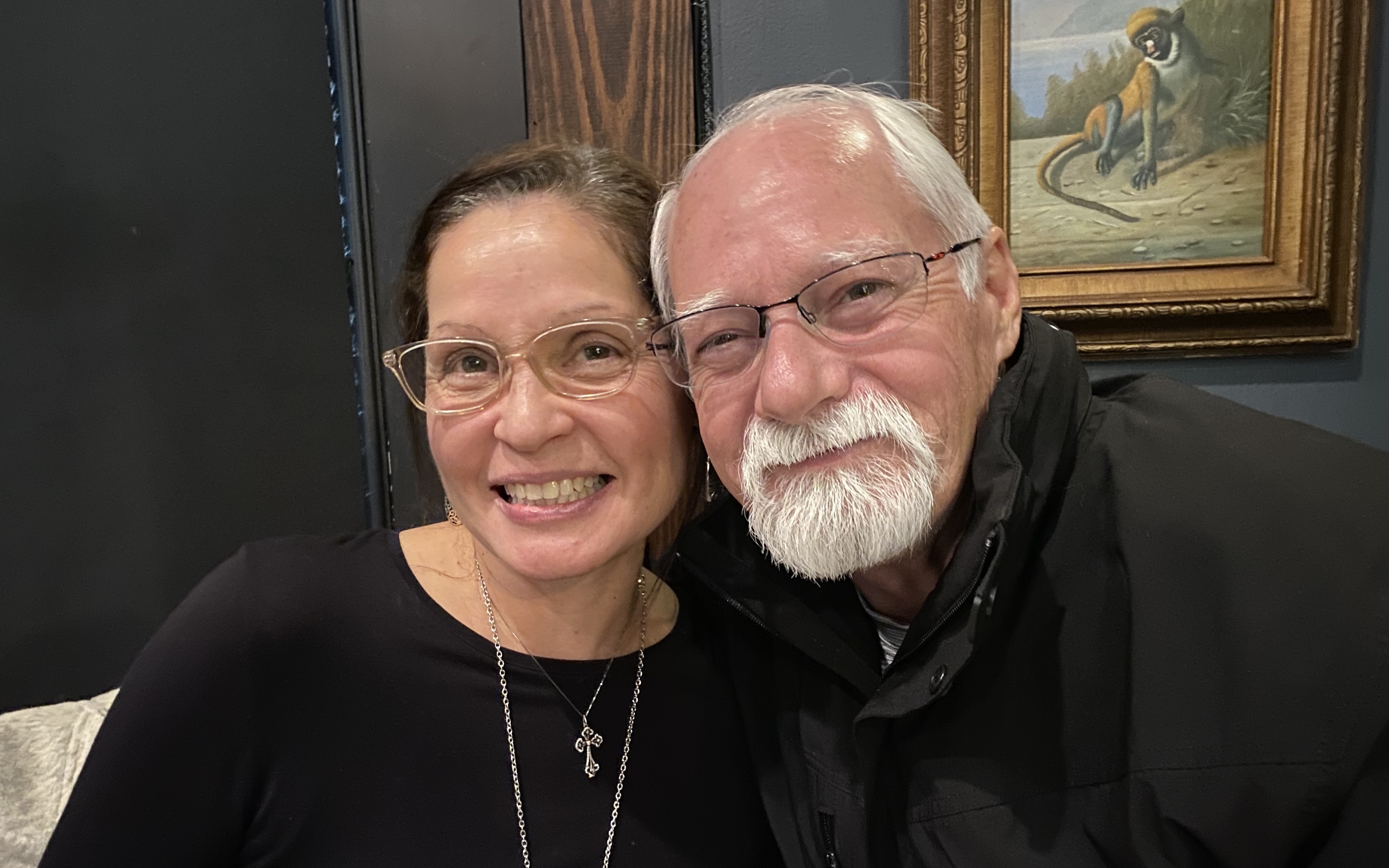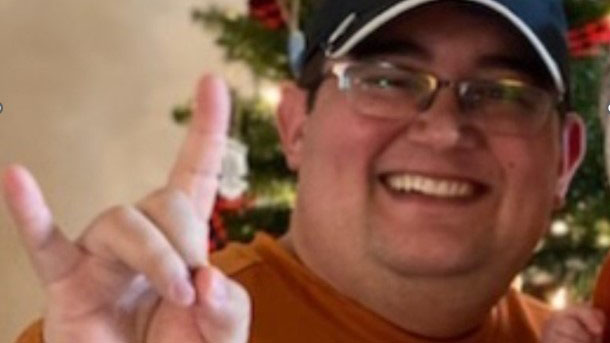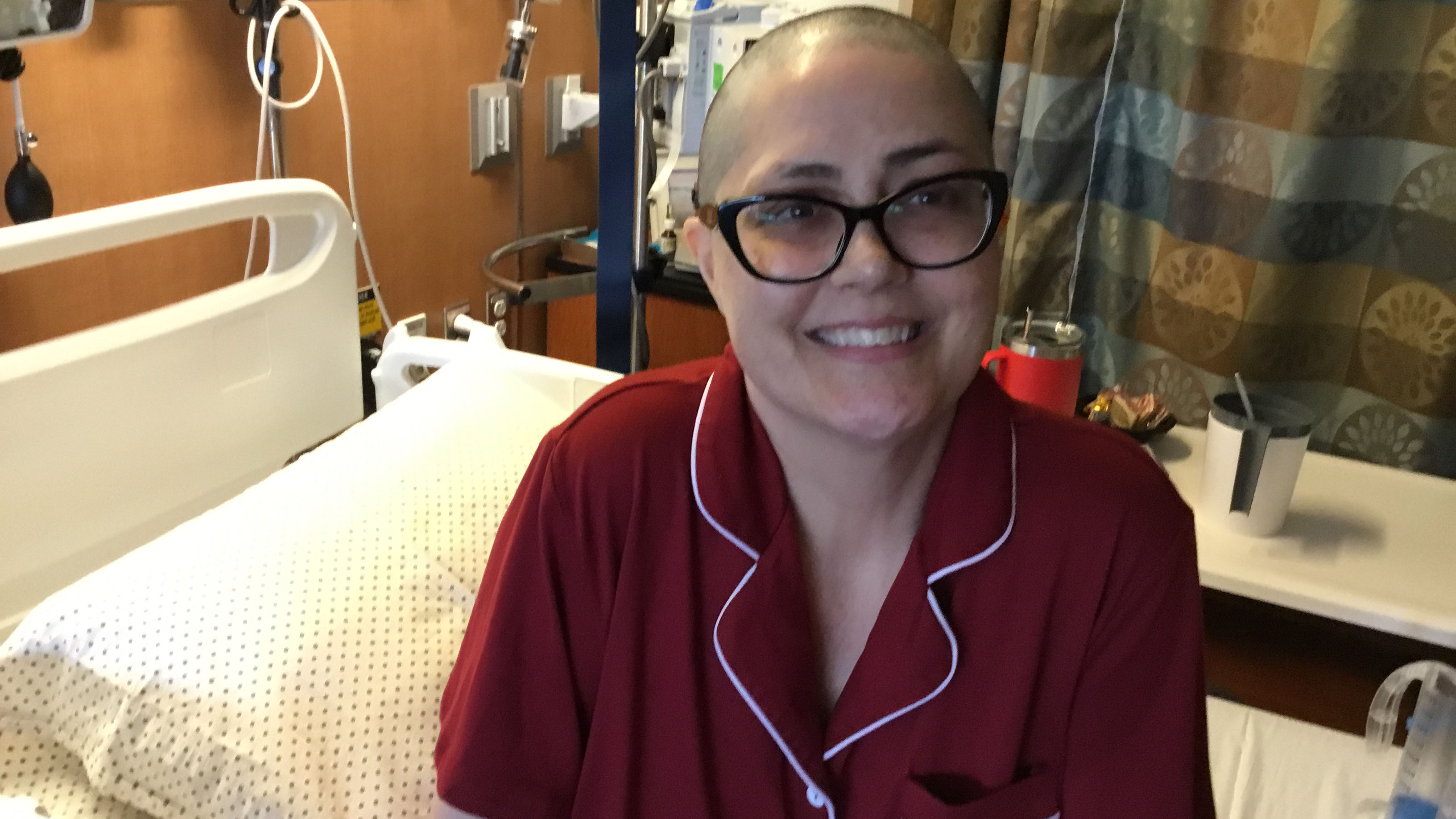- Diseases
- Acoustic Neuroma (14)
- Adrenal Gland Tumor (24)
- Anal Cancer (68)
- Anemia (2)
- Appendix Cancer (16)
- Bile Duct Cancer (26)
- Bladder Cancer (72)
- Brain Metastases (28)
- Brain Tumor (232)
- Breast Cancer (714)
- Breast Implant-Associated Anaplastic Large Cell Lymphoma (2)
- Cancer of Unknown Primary (4)
- Carcinoid Tumor (8)
- Cervical Cancer (158)
- Colon Cancer (166)
- Colorectal Cancer (118)
- Endocrine Tumor (4)
- Esophageal Cancer (44)
- Eye Cancer (36)
- Fallopian Tube Cancer (8)
- Germ Cell Tumor (4)
- Gestational Trophoblastic Disease (2)
- Head and Neck Cancer (12)
- Kidney Cancer (128)
- Leukemia (342)
- Liver Cancer (50)
- Lung Cancer (286)
- Lymphoma (278)
- Mesothelioma (14)
- Metastasis (30)
- Multiple Myeloma (100)
- Myelodysplastic Syndrome (60)
- Myeloproliferative Neoplasm (6)
- Neuroendocrine Tumors (16)
- Oral Cancer (100)
- Ovarian Cancer (172)
- Pancreatic Cancer (160)
- Parathyroid Disease (2)
- Penile Cancer (14)
- Pituitary Tumor (6)
- Prostate Cancer (146)
- Rectal Cancer (58)
- Renal Medullary Carcinoma (6)
- Salivary Gland Cancer (14)
- Sarcoma (238)
- Skin Cancer (296)
- Skull Base Tumors (56)
- Spinal Tumor (12)
- Stomach Cancer (64)
- Testicular Cancer (28)
- Throat Cancer (92)
- Thymoma (6)
- Thyroid Cancer (98)
- Tonsil Cancer (30)
- Uterine Cancer (80)
- Vaginal Cancer (16)
- Vulvar Cancer (20)
- Cancer Topic
- Adolescent and Young Adult Cancer Issues (20)
- Advance Care Planning (10)
- Biostatistics (2)
- Blood Donation (18)
- Bone Health (8)
- COVID-19 (362)
- Cancer Recurrence (120)
- Childhood Cancer Issues (120)
- Clinical Trials (632)
- Complementary Integrative Medicine (22)
- Cytogenetics (2)
- DNA Methylation (4)
- Diagnosis (232)
- Epigenetics (6)
- Fertility (62)
- Follow-up Guidelines (2)
- Health Disparities (14)
- Hereditary Cancer Syndromes (126)
- Immunology (18)
- Li-Fraumeni Syndrome (8)
- Mental Health (116)
- Molecular Diagnostics (8)
- Pain Management (62)
- Palliative Care (8)
- Pathology (10)
- Physical Therapy (18)
- Pregnancy (18)
- Prevention (918)
- Research (392)
- Second Opinion (74)
- Sexuality (16)
- Side Effects (604)
- Sleep Disorders (10)
- Stem Cell Transplantation Cellular Therapy (216)
- Support (402)
- Survivorship (322)
- Symptoms (182)
- Treatment (1786)
Stage III bile duct cancer survivor: ‘I can’t imagine being anywhere but MD Anderson’
5 minute read | Published July 01, 2024
Medically Reviewed | Last reviewed by an MD Anderson Cancer Center medical professional on July 01, 2024
For over two years, JoAnne Holly fought a terrible rash on her face and back. She visited several doctors and even had biopsies done. They all came back inconclusive.
But on Dec. 23, 2019, the rash became so bad that JoAnne visited her doctor, determined to find the root of the issue. Her doctor ordered extensive blood work, which showed her liver enzyme levels were extremely high. Because of the holiday, JoAnne’s results were delayed, and she didn’t get an ultrasound until January.
“My doctor called me at work the next day telling me to I needed to get my results in person – and to bring my husband, Mark,” JoAnne recalls. “I knew something was wrong. But never in a million years could I have imagined what was coming from just a skin rash.”
Choosing MD Anderson for treatment
Based on the ultrasound, JoAnne’s doctor said it appeared she had pancreatic cancer with metastases to the liver. Two areas on the pancreas had lesions.
“She was crying giving me the news,” says JoAnne, who was 53 at the time. “She told me, ‘You need to get everything in your world together because your life is about to get crazy, fast.’ This news was devastating.”
JoAnne had a CT scan at a local hospital the next day. It showed that her pancreas was completely clean. But there was evidence of large tumors on the left side of her liver.
JoAnne lived in Huntsville, Texas, just about an hour north of Houston. She knew of MD Anderson’s reputation for cancer care. So, when she found out she had cancer, there was only one place she wanted to go.
“MD Anderson is the best in the world,” she says. “I can’t imagine being anywhere but MD Anderson.”
A bile duct cancer diagnosis
JoAnne came to MD Anderson in February 2020. Additional testing and pathology confirmed her diagnosis: stage IIIB intrahepatic cholangiocarcinoma, a type of cancer that starts in the bile ducts inside the liver.
She met with her care team, which included gastrointestinal medical oncologist Sunyoung Lee, M.D., Ph.D., and hepato-pancreato-biliary surgical oncologist Ching-Wei Tzeng, M.D. They immediately went to work developing a personalized treatment plan combining chemotherapy and surgery.
Research from clinical trials influences bile duct cancer treatment
At that point, doctors advised against surgery. This was because JoAnne’s tumor was large and had spread to her lymph nodes. If she had surgery upfront, there was an extremely high risk that the cancer would come back in less than one year.
“Dr. Lee recommended I enroll in a clinical trial,” says JoAnne. “I was on board.”
But because there were cancer cells in the lymph nodes under her chest wall, she didn’t qualify.
This didn’t deter her care team. The chemotherapy drugs gemcitabine and cisplatin are commonly used to treat bile duct cancer. Previous clinical trials had shown significant tumor shrinkage when the chemotherapy drug nab-paclitaxel, which is typically used to treat pancreatic cancer, was added to this combination. So, JoAnne’s doctors developed a treatment protocol based on this combination.
She had nine cycles of the aggressive chemo regimen at MD Anderson The Woodlands, close to her home. The goal was to shrink her tumors and lymph nodes enough so she could have surgery and reduce the chance of recurrence.
“Halfway through treatment, I had a CT scan, and my tumors had shrunk by 20% to 25%,” JoAnne says.
When she had her next CT scan, most of the tumors had shrunk by 50%. This meant she could schedule surgery.
Successful bile duct cancer surgery
On Aug. 13, 2020, Tzeng performed the six-hour surgery to remove half of JoAnne’s liver (left and central).
After she recovered from surgery, JoAnne had five more cycles of chemo. Due to her low platelet count, doctors reduced the chemo strength by 40%, and the first two treatments did not include nab-paclitaxel.
One month later, at her first scan after surgery, her liver had already regenerated.
“I’ll never forget seeing Dr. Tzeng the morning after my surgery,” she says. “He was so jubilant. He said he’d come straight from pathology to tell me all of my margins came back clean on all of my lymph nodes. And my liver and kidneys were functioning at 100%. It was a miracle.”
MD Anderson treats complications after surgery
JoAnne didn’t experience any nausea during treatment. This surprised her nurses, given the strong chemo she was taking.
“I took nausea medicine the first round to get ahead of things, but I never took it again,” she says. “There were times my bones ached, and I had some insomnia. But no nausea.”
JoAnne did have a significant chyle leak a few weeks after her surgery. This rare but expected condition is caused by a major disruption in the lymphatic chain in any part of the body. It usually occurs in the abdomen from aggressive removal of lymph nodes.
“Everything just gets kind of confused,” she says. “Instead of the chyle collecting and being transported and absorbed by the intestine out of your body, it collects and pools, causing a water-like sac of fluid. The pain from the pressure was excruciating.”
JoAnne spent almost a week at MD Anderson, where her care team drained two liters of fluid that had collected in her chest and upper abdomen.
“Once drained, my pain greatly decreased,” she says.
Grateful for support and MD Anderson
While undergoing treatment, JoAnne received support from far and wide. This included her family, friends, church members and people she knew from high school and college.
“People everywhere were praying for me, and my small group at church rallied around me,” she says. “My two kids were great, and I have the best husband in the world.”
JoAnne and her family are fairly private people, but they want to use her story to help more people facing cancer. She encourages everyone to advocate for themselves when something in their body doesn’t quite feel right.
“I’m so grateful for MD Anderson. I trust my doctors completely,” says JoAnne. “Dr. Tzeng gave me such assurance and confidence from day one that he could take care of the cancer. He just needed me to fight. I give God all the credit – He provided everything else through MD Anderson.”
JoAnne received her first no evidence of disease (NED) on Oct. 12, 2020. She returns to MD Anderson every six months for scans. After five years, she’ll come only once a year.
“MD Anderson is the only place I’m going,” says JoAnne. “They’ve taken such great care of me. There’s no way I could ever consider going anywhere else.”
Request an appointment at MD Anderson online or call 1-877-632-6789.
Related Cancerwise Stories

My doctors are amazing, and I trust them completely.
JoAnne Holly
Survivor





